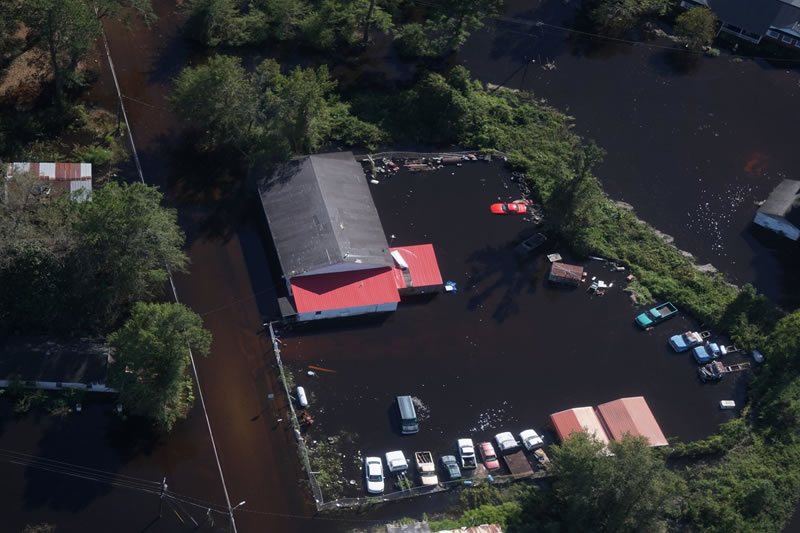
By Lindsay Street, Statehouse correspondent | A Charleston lawmaker has teamed with environmental groups to draft two pieces of legislation to help South Carolina become more proactive on flooding.
The bills would help move people from low-lying areas and steer future development toward higher ground.
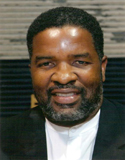
“As we keep stalling, the water tables are rising,” Democratic S.C. Rep. Wendell Gilliard said this week. “We’ve got to move quick; we’ve got to be precise. We’ve got enough data and statistics to know the old ways aren’t working.”
As the Waccamaw River is expected to threaten thousands of homes in a record-breaking surge this weekend, lawmakers from Florence-ravaged parts of South Carolina and disaster-response experts are signaling a change of mindset, from reactive to proactive, when it comes to pricey and more frequent disasters.
“This is happening more often than ever before. Whoever thought we would be back here two years later addressing another catastrophic storm?” S.C. Sen. Kent Williams told Statehouse Report. The Marion Democrat also works for Marion County, hard-hit this year by Florence and in 2016 by Hurricane Matthew.
A disaster that’s still unfolding
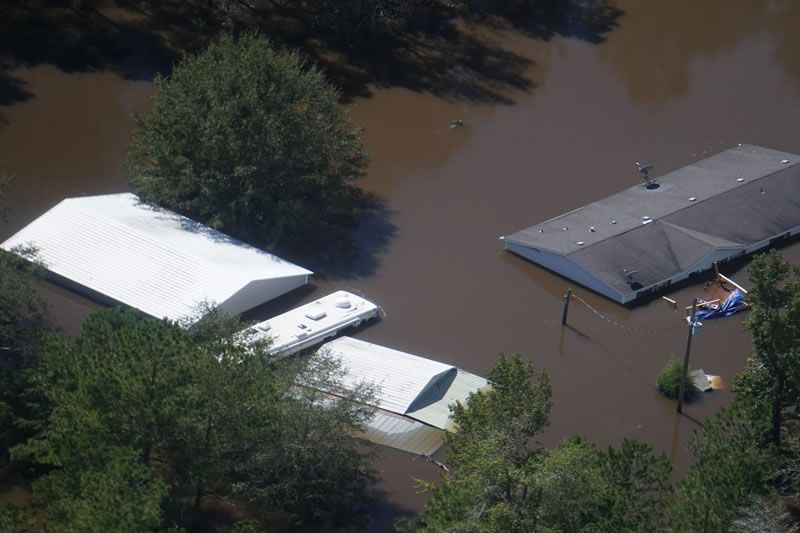
The total number of dead, how much the state will spend in helping residents and how local governments recover are still unfolding as trillions of gallons of water dumped during Hurricane Florence drains, in part, through South Carolina’s rivers. Gov. Henry McMaster is asking the federal government to pick up a $1 billion tab for the disaster.
“The damage in the northeastern part of our state will be catastrophic, surpassing anything recorded in modern history,” McMaster wrote in a Thursday letter to the state’s congressional delegation.
The state will incur costs not covered by the federal government, however. It’s already estimated that the state will need to spend $300 million on repairing infrastructure alone after Florence. The state’s Office of Adjutant General estimated this week that another $300 million is needed for state and local disaster recovery.
Disasters are adding up
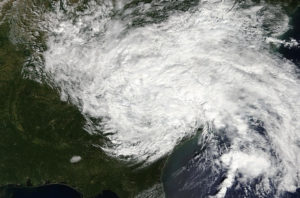
A look at recent flooding events shows disasters are adding up. The state spent nearly $100 million responding to the flood of 2015.
According to news reports months after Hurricane Matthew in 2016, the state expected the event to cost taxpayers $65 million.Williams said he spoke with powerful Florence Republican Sen. Hugh Leatherman and Republican McMaster about proactive options to help prevent another big flooding event. Leatherman’s office said it does not confirm conversations between senators or discuss details, and McMaster’s office did not respond to several requests seeking confirmation and what the governor would like to see done.
However, Williams’ delegation peer, GOP Sen. Stephen Goldfinch, said it is time to start looking at state policy and recurring flooding events.
“I enjoy the idea of local folks being able to own their own destiny but, if it affects at the state level, there’s no reason why we can’t look at that,” he said.
‘Outside the box’
Gilliard said he’s working with S.C. Coastal Conservation League and the Southern Environmental Law Center on drafting two bills that follows “outside the box” thinking. The bills were already in the works prior to Hurricane Florence’s erratic and scary path that led to mass evacuations and is currently tied to nine deaths in the state. At least five deaths have been blamed on rising waters.
The first bill is a transfer of development rights program, which would allow owners of low-lying property to sell their rights to developers, who then can get more leeway for development on higher ground. It can shift development away from low-lying areas that are vulnerable to flooding, while compensating property owners for the reduction in property values, according to the Coastal Conservation League’s Betsy La Force. It would likely be up to local governments on how they compensate landowners, she said.
The second bill in the works with Gilliard is a proposed Coastal Resiliency Revolving Fund, which would buy homes in floodplains and restore the land to open space.
Impact of making changes
Susan Cutter, the director of the Hazards and Vulnerability Research Institute at the University of South Carolina, said the lowest-lying areas of the state typically house the most impoverished people. Those people have trouble evacuating before the storm and trouble rebuilding after the storm, she said.
“The poorest always end up living in the most hazardous areas because it’s the areas they can generally afford,” she said.

Williams said he has seen that first-hand.
“They get hammered every time because of the area they are in … They don’t have the resources,” he said.
The fund could end the cycle of landowners having no way out but to try and rebuild, La Force said.
Williams and Goldfinch both said they were warm to a statewide development plan that would curb development in low-lying areas.
But that could face an uphill battle in a state that values home rule.
“There’s a whole lot of controversy about that,” Cutter said. But she said it comes down to who is responsible for bailing people out? The state.
“We need to seriously rethink about building and putting assets in hazardous areas in particular flood prone areas because all indications are that climate change is influencing the production of more frequent and intense rainfall events,” Cutter continued. “If we had a state land use policy that restricted development in hazard-prone areas that would go a long way to keep people from building where they shouldn’t build.”
But the idea of home rule is so powerful that the House was unable to pass a bill this session requiring landowners who had dams fail in the 2015 flood to shore up their property.
Broadening the focus
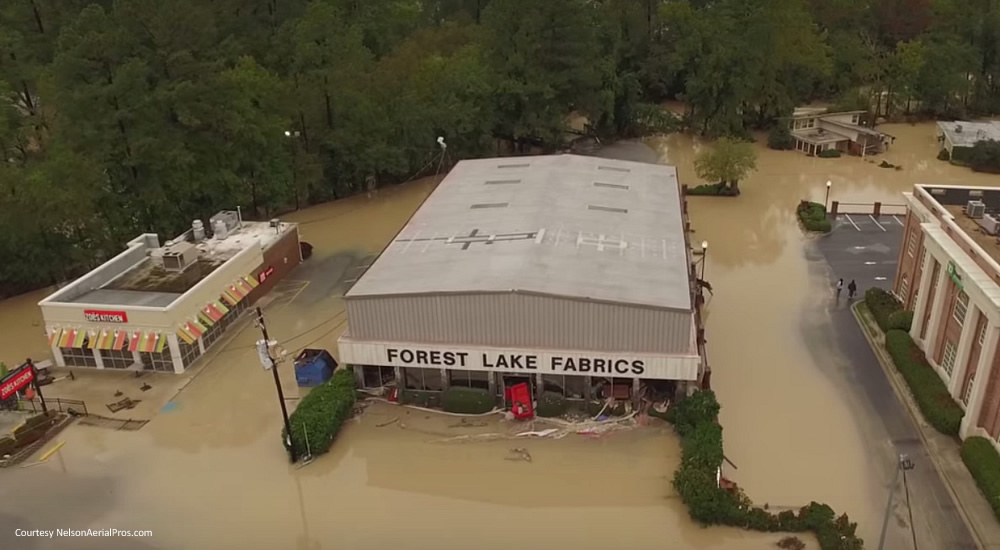
Additionally, Cutter said South Carolina needs to address its infrastructure — not just bridges but roads too — in areas that repeatedly flood.
“How many times can you close Interstate 95 during hurricane season? This is the main north-south route on the East Coast, and there’s an awful lot of commerce transport there,” she said. “It’s not just the bridges but the access to the bridges.”
Williams also has an eye on infrastructure improvements for the coming session.
“We have not done a very good job keeping up the pace with infrastructure. That’s one of things I’ll be working on,” he said. He said this may prove to be a heavy lift with a “hefty price tag.”
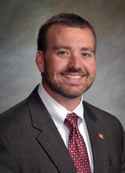
Goldfinch said a less-expensive proactive measure could come with inexpensive hydrology instruments that can more accurately measure and record rivers in the state. Some rivers have them, some rivers don’t, making forecasting difficult, Goldfinch said.
“(Then) we can notify people where the water is going,” he said. “There’s no reason why we can’t tell local leaders when its coming … and that’s not an expensive proposition.”
Another inexpensive proposition offered by Goldfinch is putting emergency orders in place before disaster strikes.
“I don’t see any reason why we can’t have them already prepared and issue them before a storm,” he said.
Cutter said she would like to see the governor keep evacuation orders in place until after flood events have ended. She said that would help save lives and keep people off unsafe roads and out of communities that could later flood.
- Have a comment? Send to: feedback@statehousereport.com















 We Can Do Better, South Carolina!
We Can Do Better, South Carolina!
Great piece Lindsay about the kind of thinking from enlightened legislators we need to elect more of focusing on people and what we need to address flooding.
In Charleston County the Council will be approving a 10 year comprehensive strategic plan next month that does NOT address flooding in any aspect. A vision that does not include flooding is no vision or myopic.
Duh you say? Yep, silent about flooding. No survival plan. This emperor is all wet and defenseless. Take what is happening now in the northern coastal communities of our state and drop the trillions of gallons of water on Charleston. Just imagine! How responsible are these elected officials?
The “do nothing about flooding strategy” that says minimal government intervention is best is wrong in so many ways. In the case of flooding the entire community must be protected or it washes away and will not survive.
The absence of a state flood protection, unsupported at the local level, that will continue to put people into the floodplain, will flush away the source of roughly 40% of state revenues derived from the coastal inhabitants and economy doing nothing to protect the state’s oxygen air supply paying for roads, schools, etc. Do that and watch all the businesses we are paying through the economic development packages leave and hollow us out as was done in the Midwest, aka flyover country. Get ready to return to the SC 1930s economy.
Put a 3’ line on the county map.
Charleston lacks a comprehensive flood plan to address long-term sea level rise, rain bombs, swollen rivers and hurricanes that can range the water’s height from 1 foot to 8 feet. Different sources of high water and heights will require the responses to be varied and sophisticated. One size nor one solution will work for all. Today the County Council can put into the 10 year comprehensive plan (that will be approved next month), the simple demarcation of the extensive floodplain lands that are 3 feet or less above sea level, so that so that nature based solutions can be conceived to address lesser but more frequent intrusions
A 3’ line in the sand would permit residents, communities and businesses to take action against the lower levels of inundation that will be more frequent with 3 feet the middle forecast of sea level rise at 2100. Such a line would be consistent with the state’s 50’ OCRM line designed to protect the water. The 3’ inundation line is designed to protect people who are defenseless except to duck and run and to start up the drainage pumps. Having only unfunded drainage plans is not a plan; it is an admission of failure.
Flood defense will be a long journey but it must have an identifiable starting action. Putting a line in the sand will also be a welcomed sign of hope that the county government is being responsive to the need. Hope can inspire action, creativity and a community of purpose that is sorely lacking.